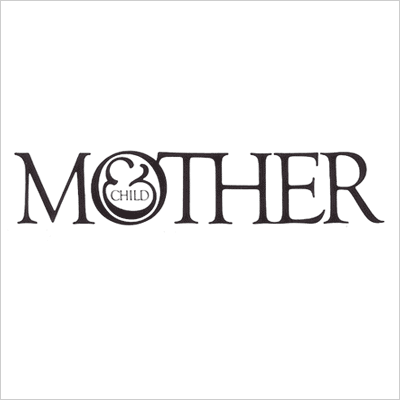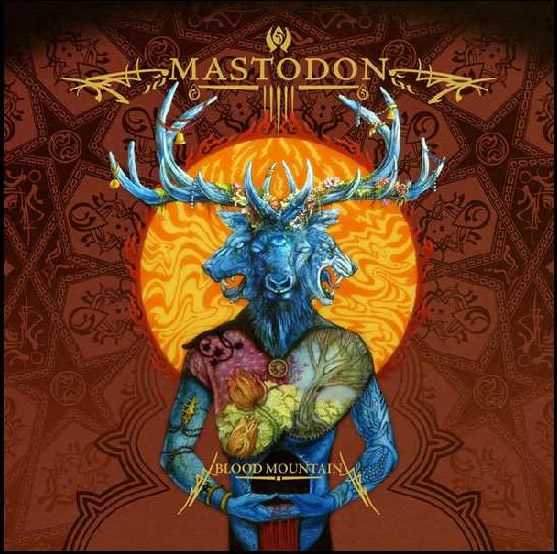University is a daunting prospect. Yet at the same time it is something I am unbelievably excited for, despite it being over a year before I am able too go. This excitement has been building up more and more with every piece of work I am proud to call my own, every college project that passes, and every university open day I attend. And with every University degree show, open day or look around the city it is in, I am making a mental checklist of the courses and cities I would love to have the opportunity to study in. Here are my options and reasons behind those options too date.
Manchester Metropolitan University. Everything about this place speaks volumes to me. I have grown up with its music scene almost permanently in my ears, regardless of the fact I live in Derbyshire. My sister has been studying there for the past 3 years so and with regular trips to see her I have become familiar with the city. And its nightlife, which for any student craving a good social life alongside excellent study is perfect. But what really struck me upon seeing the degree show is the quality of work produced by the majority of the students there. Usually when seeing a collective of other peoples work there will be several standout pieces and then a large amount of average but not outstanding work on display. But here it was a different story altogether. I found a very large amount of the images I witnessed to be captivating, intriguing and most importantly, just very well designed. A particular highlight being the work of John McPartland, a graphic designer and typographer who studied at the university. His graphic awareness was a genuine pleasure to witness, and I wouldn't be surprised too be seeing his name in high places after such a showcase of design.

A stand out piece of John Mcpartland's work
Along with most of the students work, there was business cards on display with details of how to get in touch with them, some of which were rather tacky but here are a bunch of ones that I found quite nice, some kooky, some as a nice little piece of their work. It gives an insight into how I might design my card when the time comes.

Another collection of work that caught my eye was the work of George Sarell, Who had his work on display in the course entitled 'Animation with illustration', A course I had been looking at on the website and was quite curious as to what it would entail. His work was, in my eyes, the most unique and entertaining on offer from the graduates on that course. Each piece with it's own political message in a similar cartoon based style.
The example provided below is targeting the NHS cuts made by our Prime minister David Cameron, And in its own way, It makes not only those who are passionate about politics take notice, but also those with any sort of appreciation for illustration.
All in all I feel my couple of trips to Manchester have further solidified the fact that this is a front runner for my favourite universities, And It is definitely going to be one of my UCAS options come Christmas time.
Onwards to Teesside University, Middlesborough.
When browsing through University websites and scheduling open days, Teesside really caught my eye with what seemed to be genuine interest in their own courses and thriving to out-do any rivals. So understandably when travelling there I was hopeful that this would entice me as much as Manchester has done. And believe me, there was alot of time to think about my options as the travel there and back was approximately 4 hours each way. If I do end up going to Middlesborough the rigorous travel time will have to be brought into consideration as if I need to return home in an emergency it is relatively hefty.
Upon arrival we was greeted by a man with an iPad who clocked me in and got me a selection of maps and prospectus's and we were sent on our way to explore the campus. A very friendly atmosphere and a beautiful university, I liked it all ready. I attended a few lectures and tours throughout the day on various subjects and accommodation and was positively impressed by absolutely everything. The Video game design and development courses intrigued me at first but after the lecture I was put off by the style of work they went through, As it was not at all like what I have been studying at college, I'll stick to just playing the games for now.
I then made my way to the art and design building to observe the Graphic Design course. Before even entering the building I knew I would not be disappointed. A purpose built building for art and design made only 4 years prior to now, with a floor dedicated to every subject. Myself and my parents had arrived approximately fifteen minutes early but we were greeted and were welcomed with a drink and free roam of the graphic floor. With portfolio's from students of not only the third year like every other University we have been too, but from the first and second years too. Showing a clear progression with all of the students on that course. It's easy to say I had fallen in love with this university from barely a few hours on campus and it had definitely secured a place in my top two Uni's alongside Manchester MET. An hour later sitting through an introduction to the course from the 4 lecturers on the course and I was still pumped with excitement. It must be a sign that this is one of the Uni's for me as it's gotta be something good to keep me entertained for a large period of time, as I admit, I am a fidgety and easily distracted young man at times.
We then made our way outside into terrential rain but I tried to ignore it as we were scheduled for an accomodation tour in five minutes. We arrived to a friendly student who was eager to show us all the campus options available for first year students. Shared halls, shared houses, single houses, flats, parkside halls, everything was covered and I had mixed opinions on all the choices if i'm honest. The halls were definitely up there as top choices as the shared environment and atmosphere sparked some intrigue for me. It really reminds of the kind of campus feel portrayed in American University TV programs. And believe it or not, that attracted me greatly. The houses came with two options. More space and a shared toilet, or extremely limited space with en-suites. And neither sparked any interest from me. The least of which being the en-suite rooms. As much as having my own bathroom would be great, a year with such limited space is not the one for me.
A long drive back is not a problem for me and as I write this on the journey home I know that when choosing my course, this is a favourite. Without a doubt in my mind, It will take alot to beat Teesside.
And we save the worst till last.
Leeds University. On paper, It has everything going for it. In reality, it ticked a minimal amount of boxes for me. Yes, the campus was a classic and atmospheric space. Yes, The student union looked the perfect venue for club nights and gigs alike. However there was one major drawback. The Graphic Design course on show was absolutely terrible. The lecturers were not very welcoming, the work on show seemed very limited for a bunch of students who had just spent three years at that university, and the students there offering their knowledge didn't reflect any sort of enthusiasm for people supposedly destined for the design industry.
After a rather dreary and confusing walk trying to locate the lecture room for an introduction to the course (may I add with no sort of signage whatsoever) I entered the room and sat in anticipation that after all that wrong there would be a spark of right.
Oh how I was wrong.
The seemingly endless seminar from a man who was oh so arrogantly confident in his own design prowess he had forgot to put any effort to making his own graphic design slideshow have any hint of graphic design within it. When he mentioned that there was no portfolio viewing or interview process in selecting who gets on the course I was abit dumbstruck. A design course filled with students academically talented is in theory what you'd expect but in practice it just simply would not work. What about the talented designers who aren't gifted in English Literative skills? Who express excessive amounts of personality in thier work? They don't get a look in as the lecturer is too 'busy' with other projects to attend to minor tasks like picking the future of British design. This hour long lecture took place in a dark lecture hall with no air conditiong on, even though we could clearly see it was available on the cielings. And if they can't be bothered to turn it on with a room full of potential students and parents (A percentage of which would be hormonal women) working up a sweat, It does not exactly spell good news for anyone looking to study their for 3 years.
In conclusion to my ranting and raving on the matter, It's pretty clear that this particular university is not an option for me. But it's not a wasted journey as It has atleast narrowed down my choices abit. Two out of three aint bad I suppose.
I will review more universites later in the year when I attend more open days.
Adios!













































